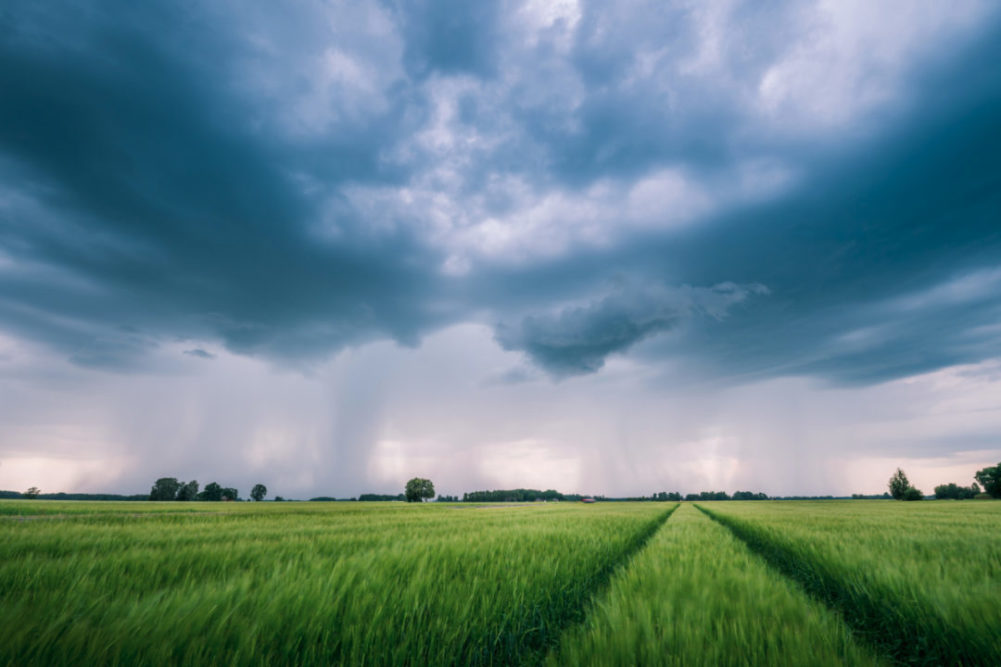UNIVERSITY PARK, PENNSYLVANIA, US — A new study by Penn State researchers examined the impact of climate change on rain in the US Corn Belt.
Researchers found that air humidity is more important than soil moisture in influencing whether it rains in the Corn Belt, which stretches from Indiana to Nebraska and includes 35% of the world’s corn.
“We were curious about the effect soil moisture has on convective precipitation in the Corn Belt under different atmospheric conditions, such as dry or humid,” said Connor Chapman, who graduated in 2020 with a master’s of science degree in geography and is lead author on the paper. “Plenty of research of this nature has been done for the Great Plains region, but the neighboring Corn Belt — which has a different climate type — has received much less attention.”
Soil moisture is considered an essential climate variable, according to the Global Climate Observing System, because it determines the amount of evaporation and cooling of the air near the Earth’s surface. As soil moisture amounts decrease, either during drought or as a result of climate change, the reduced evaporation can amplify the warming, Carleton said.
“This study is important also because Corn Belt agriculture is mainly rainfed, rather than irrigated,” said Chapman’s adviser and co-author, E. Willard and Ruby S. Miller Professor of Geography Andrew Carleton. “So the Corn Belt is much more susceptible to year-to-year climate variations, like droughts and wet periods, and to the impacts from climate change, which are likely to increase this variability and lead to even greater extremes.”
For the Corn Belt, continued warming is likely to shift crop types northward and with a longer growing season, likely increasing climatic and market economic uncertainties going forward, Carleton said.
“Connor brought to bear — and integrated — a range of datasets spanning multiple scales; in particular, soil moisture data, vertical profiles of wind for the low-level jet stream and mapped atmospheric re-analyses of variables such as pressure and height,” Carleton said.
For this study, Chapman analyzed nine consecutive years of growing-season data on soil moisture, near-surface humidity and low altitude wind velocity. He also created three sub-seasonal groups: early, middle and late to see how the results might vary because as the growing season progresses in the Corn Belt, the land cover changes from bare to short crops to tall, intensely-evapotranspiring crops.
Chapman said he was surprised by his results, which further illustrate how adjacent regions with different land cover experience different climate conditions.
“We found that during the early season when croplands are bare, convective precipitation is more likely to occur with drier soil, high humidity, and strong, humid low-altitude winds,” Chapman said. “Although soil moisture and wind vary across the growing season, we found that high near-surface humidity consistently was most important for convective precipitation or rain.”
The article, “Soil moisture influence on warm season convective precipitation for the US Corn Belt,” will be published in an upcoming issue of the Journal of Applied Meteorology and Climatology.






